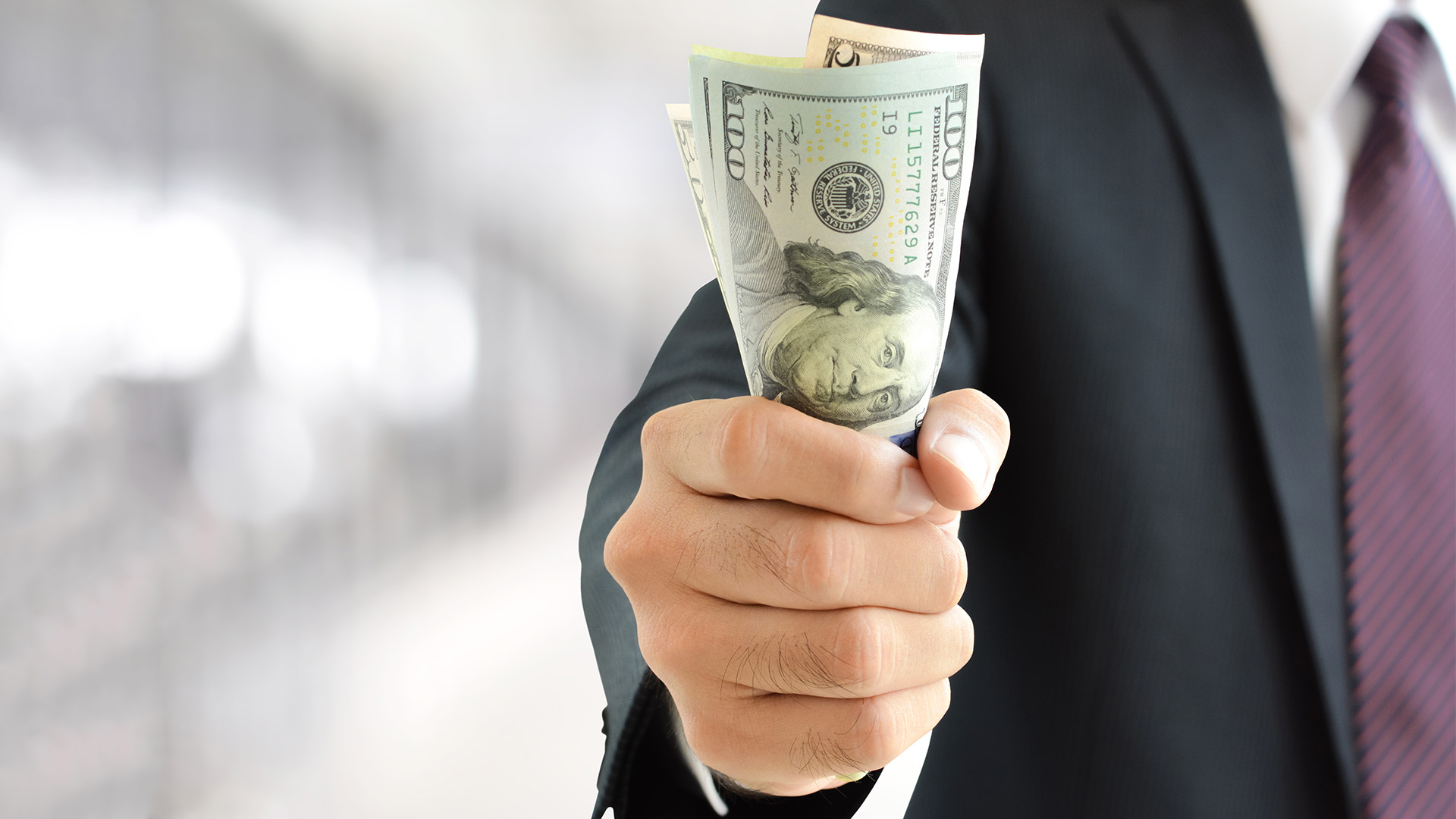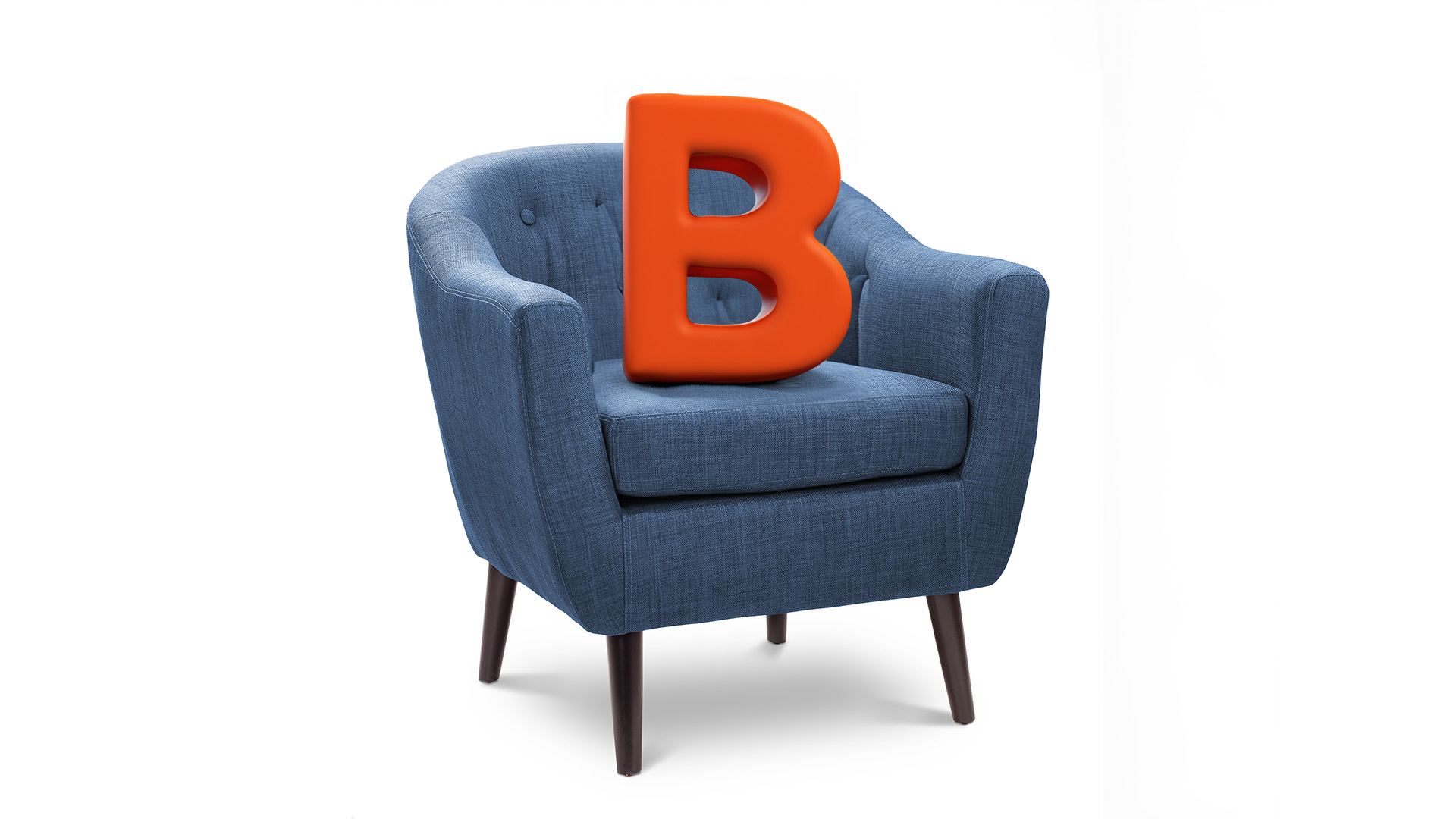Offsetting the recent strong flow of strong data was Tuesday’s current account figures.
The ABS said that in seasonally adjusted chain volume terms, the deficit on goods and services rose $1,643m (19%) from $8,581m in the March quarter 2011 to $10,224m in the June quarter 2011.
"This is expected to detract 0.5 percentage points from growth in the June quarter 2011 volume measure of GDP."
That will cut some of the more optimistic forecasts for GDP growth, with the result the rise is now forecast to be around 1% to 1.2%, instead of more than 1.5% with an optimistic assessment of the current account boost built in.
But the 0.5% detraction from growth was a sharp improvement from the 2.4% negative impact of the current account in the March quarter as the impact of the floods in Queensland hit the economy hard and drove the 1.2% drop in overall growth.
So in a way the outcome of the current account data adds to the impression the economy is doing better than most analysts have forecast.
The negative impact on GDP was despite a significant improvement in the current account deficit, which, the ABS said "seasonally adjusted, fell $3,696m (33%) to $7,419m in the June quarter 2011".

The ABS said the surplus on the balance of goods and services rose $2,852m (104%) to $5,599m. The primary income deficit fell $870m (7%) to $12,499m.
Housing finance for owner-occupied homes rose 1% in July, solely due to a 1.3% rise in lending for the purchase of existing homes.
Loans for new home purchases and construction both fell.
The ABS said the number of home loans approved in July rose to 49,813 from an upwardly revised 49,309 in June.
Total housing finance by value rose 1.6% in July, seasonally adjusted, to $20.576 billion.
Government finance data showed a rise in government consumption in the quarter, but a fall in capital investment.
This is a hard set of figures to get a handle on for their impact on GDP, but the impact from the June quarter could be about 0.1% off GDP.
Government spending fell in the June quarter, figures from the Australian Bureau of Statistics (ABS) on Tuesday show.
Total government spending, including consumption and capital formation (investment), was down by 0.4% in seasonally adjusted chain volume (inflation-adjusted) terms in the quarter.
The estimates correspond to the public sector spending aggregates accounting for about a quarter of gross domestic product (GDP).
Within the total, general government final consumption expenditure rose by 0.9 % in the June quarter, the ABS said.
General government gross fixed capital formation fell by 2.8%, while gross fixed capital formation by public corporations was down by 6.2%, the bureau said.
Total public sector gross fixed capital formation (general government and public corporations combined) was down by 3.8% in the quarter.
The previous national accounts showed total public sector spending rose by 0.8% in the March quarter, but that has now been revised down marginally to a rise of 0.7%.













